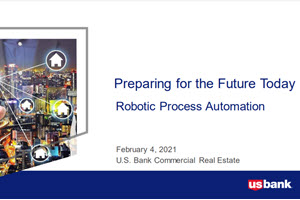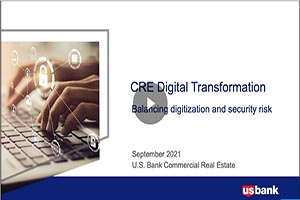
Risk management strategies for foreign exchange hedging

Avoiding the pitfalls of warehouse lending

The latest on cybersecurity: Mobile fraud and privacy concerns

Liquidity management: A renewed focus for European funds

Cryptocurrency custody 6 frequently asked questions

5 questions you should ask your custodian about outsourcing

Insource or outsource? 10 considerations

10 ways a global custodian can support your growth

The benefits of a full-service warehouse custodian

Third-party vendor risk: protecting your company against cyber threats

Hospitals face cybersecurity risks in surprising new ways

Authenticating cardholder data reduce e-commerce fraud

Post-pandemic fraud prevention lessons for local governments

Webinar: Robotic process automation

Proactive ways to fight vendor fraud

5 Ways to protect your government agency from payment fraud

Fight the battle against payments fraud

Fraud prevention checklist

Why Know Your Customer (KYC) — for organizations

The password: Enhancing security and usability

How to improve your business network security

Cybersecurity – Protecting client data through industry best practices

BEC: Recognize a scam

Webinar: Approaching international payment strategies in today’s unpredictable markets.

White Castle optimizes payment transactions

Increase working capital with Commercial Card Optimization

Automate accounts payable to optimize revenue and payments

5 winning strategies for managing liquidity in volatile times

The surprising truth about corporate cards

The future of financial leadership: More strategy, fewer spreadsheets

Protecting cash balances with sweep vehicles

Alternative investments: How to track returns and meet your goals

Manufacturing: 6 supply chain optimization strategies

Webinar: CRE Digital Transformation – Balancing Digitization with cybersecurity risk

Small business growth: 6 strategies for scaling your business

How to keep your assets safe

Learn to spot and protect yourself from common student scams

7 ways to teach your children to be scam-savvy

Keep your finances safe and secure: Essential tips for preventing check fraud

How to spot an online scam

Money muling 101: Recognizing and avoiding this increasingly common scam

What is financial fraud?

How-to guide: What to do if your identity is stolen

How you can prevent identity theft

Why a mobile banking app is a ‘must have’ for your next vacation

